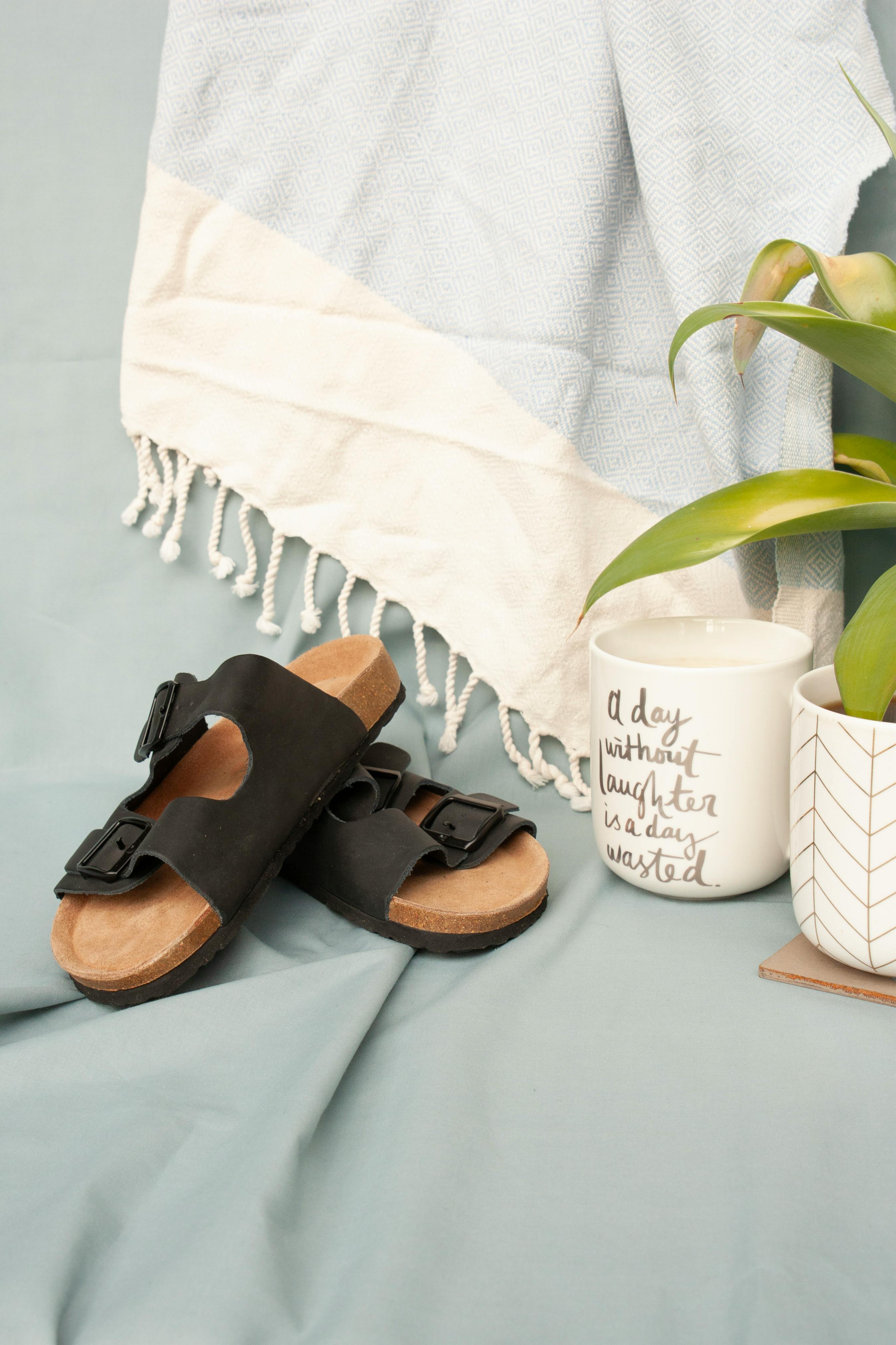
How to Care for Succulents: Essential Tips for Healthy Growth in 2025
Succulents are beautiful, low-maintenance plants that can thrive in various conditions, making them perfect additions to both homes and gardens. As we embrace 2025, understanding how to effectively care for succulents will ensure their longevity and vibrant growth. In this article, we will delve into essential succulent care tips, covering topics such as watering, sunlight needs, potting, soil requirements, and more. Whether you are a beginner or an experienced gardener, these tips will enhance your succulent journey.
Understanding Watering Succulents
One of the most important aspects of succulent care is mastering the art of watering. Succulents store water in their leaves, stems, and roots, allowing them to survive in arid conditions. However, improper watering can lead to serious issues, such as root rot. To avoid overwatering, always wait until the top inch of the soil is dry before watering again. A good rule of thumb is to water every two to three weeks, depending on the humidity and temperature of your environment. Succulent watering frequency should also vary between indoor and outdoor succulents; outdoor plants may require more frequent watering due to exposure to harsher elements.
Identifying Watering Needs
Recognizing when your succulents need water is crucial to their health. Look for signs such as shriveling leaves, which indicate a lack of water, or yellowing and mushy leaves, which can suggest overwatering. A succulent watering schedule tailored to your specific plants, environment, and seasons can greatly enhance growth. Regularly assessing the moisture levels in your soil and adjusting your watering habits will help maintain happy, healthy succulents.
Techniques for Effective Watering
When watering your succulents, remember to apply the optimal watering methods. One effective technique is the "soak and dry" method, where you thoroughly water the plant until water runs out of the drainage holes, then allow the soil to dry completely before the next watering. Avoid getting water on the leaves, as this can lead to succulent diseases. Also, investing in a moisture meter can help you monitor soil moisture levels accurately, making it easier to determine when it's time to water.
Providing Adequate Sunlight for Succulents
Sunlight is another crucial factor in ensuring your succulents thrive. Different types of succulents have varying light requirements, but most prefer bright, indirect sunlight. Placing your succulents near a south or west-facing window is ideal, as they typically receive the best light for growth. However, be aware that prolonged exposure to direct sunlight can scorch the leaves of some varieties, leading to discoloration and damaged foliage.
Understanding Light Needs
When assessing the sunlight needs of your succulents, consider their native habitats. Familiarizing yourself with common succulent varieties and their respective light preferences will help you create a suitable environment. For example, indoor succulents may require more light than outdoor succulents if positioned further from the window. American Euphorbia may need several hours of bright, indirect sunlight daily, while variegated ones may thrive with less.
Creating the Ideal Sunlight Environment
If you're unable to provide adequate natural light, consider using grow lights to supplement sunlight. LED grow lights can effectively mimic natural sunlight and are energy-efficient. During winter months, succulents may need additional light as days shorten, so keep an eye out for any changes in your plants' growth patterns during the seasonal adjustments.
Choosing the Right Soil for Succulents
The best soil conditions are vital for your succulent plants, as they need well-draining soil to avoid root rot. A commercial succulent soil mix or a homemade blend, which includes perlite or sand, can work wonders for plant health. Ensuring proper drainage in your pots allows excess water to escape, promoting healthy root development. Potting succulents in containers with adequate drainage holes is essential for preventing overwatering and ensuring your plants have access to necessary nutrients.
Preparing the Ideal Soil Mixture
To create an optimal soil mix for your succulents, a good combination might include approximately 50% potting soil, 25% coarse sand, and 25% perlite. This blend secures moisture without saturating the soil, retaining just enough to keep the succulent hydrated. Adjust your mix for different varieties, as some may thrive in more acidic or alkaline conditions.
Repotting Succulents for Growth
Regularly repotting succulents is crucial for their growth—typically every 1-2 years as they outgrow their containers. Choose a pot slightly larger than the current one and refresh your soil mixture. Make sure to handle the roots gently and allow the plant to adjust to its new environment. This process minimizes transplant shock and supports continued growth.
Maintaining Healthy Succulents Year-Round
To ensure your succulents remain vibrant, understanding seasonal changes is vital. Seasonal succulent care entails adjusting watering and light based on seasonality. For example, during the winter months, many succulents enter dormancy and require less water. Conversely, summer growing seasons may warrant more watering due to increased heat and heat stress.
Seasonal Adjustments for Indoor and Outdoor Succulents
Indoor succulent maintenance often requires greater focus on lighting conditions as indoor environments may provide diverse lighting levels. For outdoor succulents, seasonal shifts in temperature and rainfall necessitate closely monitoring their watering and sunlight exposure. Landers should consider local weather patterns, such as rainfall, when determining their care strategy.
Pest Control and Succulent Health
A key aspect of succulent care is understanding common pests that can affect plants, such as aphids or mealybugs. Effective pest control methods involve regular inspections for signs of an infestation, keeping your succulents clean, and using insecticidal soap when necessary. Preventing issues before they flourish will keep your plants healthy and thriving for years to come.
Key Takeaways
- Master the art of watering and monitor moisture levels.
- Provide appropriate lighting conditions tailored to individual succulent types.
- Use well-draining soil to support healthy root systems.
- Adjust care routines according to seasonal changes.
- Implement preventative pest control measures for optimal succulent health.
FAQ
1. How do I identify different types of succulents?
Identifying various succulent plants involves examining their leaves, shapes, and sizes. Resources like online plant databases and local nurseries can assist in identifying common and uncommon varieties. Using a smartphone app designed for plant identification can also be a helpful tool in accurately assessing your succulents.
2. What are common succulent diseases to look out for?
It's essential to be aware of common succulent diseases, such as root rot and fungal infections. These often manifest through yellowing or softening leaves. Regular inspections and caring for your plants in optimal conditions can significantly reduce the chances of disease affecting your succulents.
3. How can I propagate my succulents effectively?
Succulent propagation techniques vary depending on the type of plant. Generally, you can propagate succulents through leaf cuttings or offsets. Allow cuttings to callous for a few days, then place them in a proper succulent soil mix to establish roots. Maintaining adequate moisture during germination helps ensure success.
4. Can succulents thrive indoors without direct sunlight?
Yes, many succulents can thrive indoors with adequate light. If you can't provide direct sunlight, consider using grow lights to mimic the required light conditions. Monitor your plants for signs of stretching, which is an indication they aren't receiving enough light.
5. What are some ideal containers for succulents?
Choosing suitable succulent containers is essential. Look for pots with drainage holes made of materials like terracotta or ceramic, which allow for airflow and moisture regulation. Adding a layer of gravel at the bottom can also help enhance drainage effectiveness, ensuring your succulents remain healthy.
6. How do I care for succulents during winter?
During winter, succulents in winter may enter dormancy, requiring less watering and reduced light. Keep indoor temperatures stable and maintain proper humidity levels to maintain plant health. Additionally, avoid placing them near heating vents that could dry them out excessively.
7. What are some easy care succulents for beginners?
For beginners, consider starting with easy care succulents like Jade plants, Echeveria, or Haworthia. These varieties are known for their hardiness and resilience, making them forgiving choices for novice gardeners. Proper watering and light management will help ensure success in your succulent journey.

